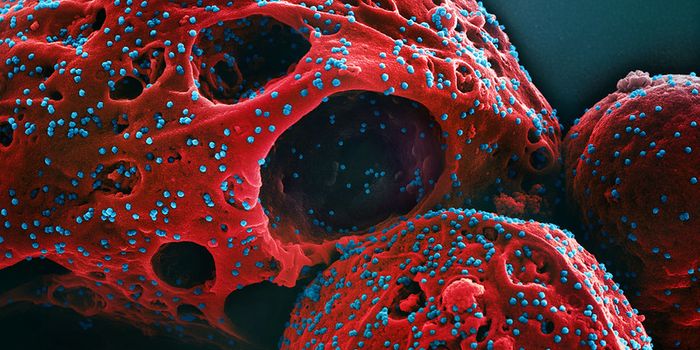The Evolution of Snake Venom From Predation to Protection
Snakes usually use venom to attack and subdue or kill their prey, and their venoms tend to cause paralysis or death. But researchers have found that in one group of snakes, venom has evolved; it has shifted away from use in predation and towards a defensive function. In three snake lineages that 'spit' venom, the toxins are primarily oriented as a deterrent to predators. Additionally, the scientists found that the cytotoxic components of the venom have evolved to stimulate mammalian sensory neurons so the toxins will cause more pain. The findings have been reported in Science.
“The fangs of these snakes are adapted to spray venom as far as 2.5 meters. The venom is aimed directly at the face, specifically the eyes, causing intense pain and can lead to the loss of eyesight,” said study author Dr. Sam Robinson of the Institute for Molecular Bioscience at the University of Queensland.
An international team of researchers analyzed the composition of venoms from three groups of snakes that spit it out: Asian spitting cobras, African spitting cobras, and Rinkhals or ring-necked spitting cobras.
Study author and Professor Irina Vetter noted that independently of one another, these snakes evolved the ability to spit venom at their enemies. They also learned more about how the toxins in the venoms work.
“We tested how venom components affected pain-sensing nerves and showed that spitting cobra venoms are more effective at causing pain than their non-spitting counterparts,” she said.
The researchers found that in these three types of venom-spitting snakes, there was an increase in the production of a toxin called phospholipase-A2 that works in conjunction with other toxins to maximize pain.
The act of spitting venom is likely to be ideal for deterring humans from attacking, suggested the lead study author Professor Nick Casewell of the Liverpool School of Tropical Medicine. “It is intriguing to think that our ancestors may have influenced the origin of this defensive chemical weapon in snakes,” he added.
This work may help scientists that study pain, like Vetter and Robinson, to learn more about the cellular and molecular processes that underlie the sensation of pain, and how to stop those feelings with medications.
“Pain-causing toxins from animal venoms can be useful tools to help us understand pain signaling at a molecular level and are helping us to identify new targets for future painkillers,” said Robinson.








